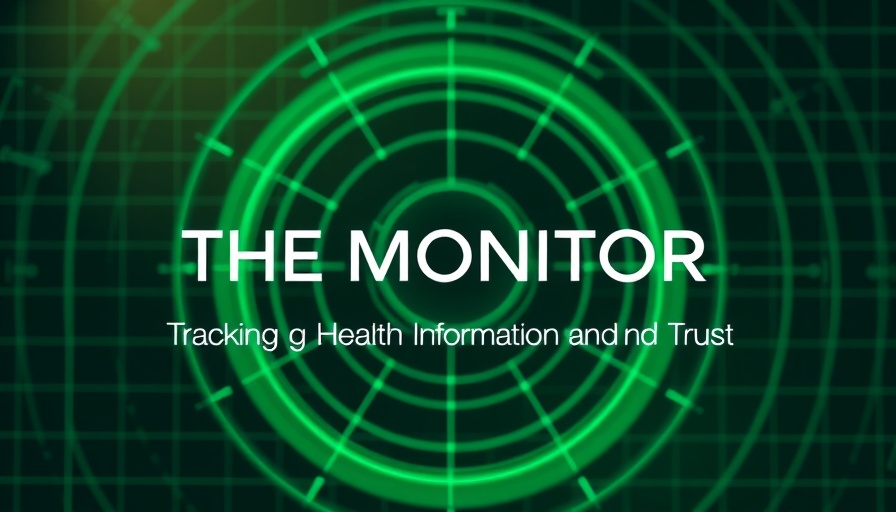
The Rising Concern Over Measles Vaccines
As measles outbreaks rise to alarming levels across the United States, particularly the highest since 2019, the public's awareness and understanding of the measles vaccine is under scrutiny. A recent survey by the Kaiser Family Foundation (KFF) has revealed critical insights into how misinformation impacts parental decisions regarding vaccinations.
Understanding the Impact of Misinformation
In the survey, a staggering 63% of adults reported hearing claims linking the measles, mumps, and rubella (MMR) vaccines to autism, despite substantial evidence debunking this myth. This misinformation, which also includes false claims about vitamin A preventing measles, has left many parents in a haze of uncertainty. About 70% of adults expressed doubts about the claims, reflecting a widespread need for clear, factual health communication.
Political Divide in Vaccination Beliefs
Notably, the KFF poll highlighted a partisan divide in perceptions of these myths. Republicans and independents were more likely to believe in the false claims surrounding measles than their Democratic counterparts. This division underscores the challenges of fostering consensus on public health policies, especially when misinformation is prevalent.
Consequences of Delayed Vaccination
Parents who lean towards believing these false claims are more likely to delay or skip vaccinations for their children. The survey revealed that 24% of parents who believed in at least one myth about measles vaccines had already delayed vaccinations, compared to just 11% of parents who categorically rejected the false claims. This statistic highlights the direct correlation between misinformation and public health risks.
Innovative Solutions to Increase Trust
To combat these concerns, experts are advocating for improved communication strategies. For instance, employing AI chatbots with accurate health information can help clarify vaccine safety and efficacy, thereby addressing the misinformation that fuels distrust.
Moving Forward Together
As we face these challenges together, it is crucial for communities to rally around the importance of vaccination. With accurate information and strong support from health professionals, we can combat misinformation and ensure the safety of our children.
 Add Row
Add Row  Add
Add 




Write A Comment